Five tips to keep your farm safe during the rainy season Agriculture

When to Plant Grass Seed in the UK What Time of Year is Best?
Good led a research team that used models to determine the optimal amount of rainfall for the plants to be most productive in ecosystems. "We found that the fraction of rainfall an ecosystem can.

How To Protect Grass Seed From Heavy Rain Obsessed Lawn
Properly aerating your soil doesn't just help protect your seeds from rainfall. It also improves overall grass growth. This process allows air, water, and nutrients to reach your plants, leading to healthy root growth. Loosen your soil with a pitchfork or rake by poking three-inch holes throughout your lawn.

Dryland Agriculture & Rainfed agriculture UPSC IAS
The excessive amount of water can cause soil erosion and flooding damage, which can make it difficult for plants to grow properly. Not only that, but heavy rain can also wash away the nutrients in the soil that are crucial for plant growth. So while light rain may be beneficial for your freshly cut grass, heavy rain can do more harm than good.

6 Tips to Protect your Property’s Lawn from Heavy Rain
What's the best time to water grass, and how much water is enough? A:. 6 Smart Ways to Prevent a Soggy Yard with Every Rain Shower. 50 Plants That Thrive in Any Yard.

картинки природа, падение, роса, растение, земля, лужайка, луг, утро
The grass requires oxygen to thrive, and too much water can cause air holes in the soil, drowning and killing your grass. Heavy rain also can cause your grass to become infested with weeds that are tough to eradicate. Excessive rain and overwatering cause lawn issues - fungus-caused disease. Too much water can cause root rot - grassroots decay.
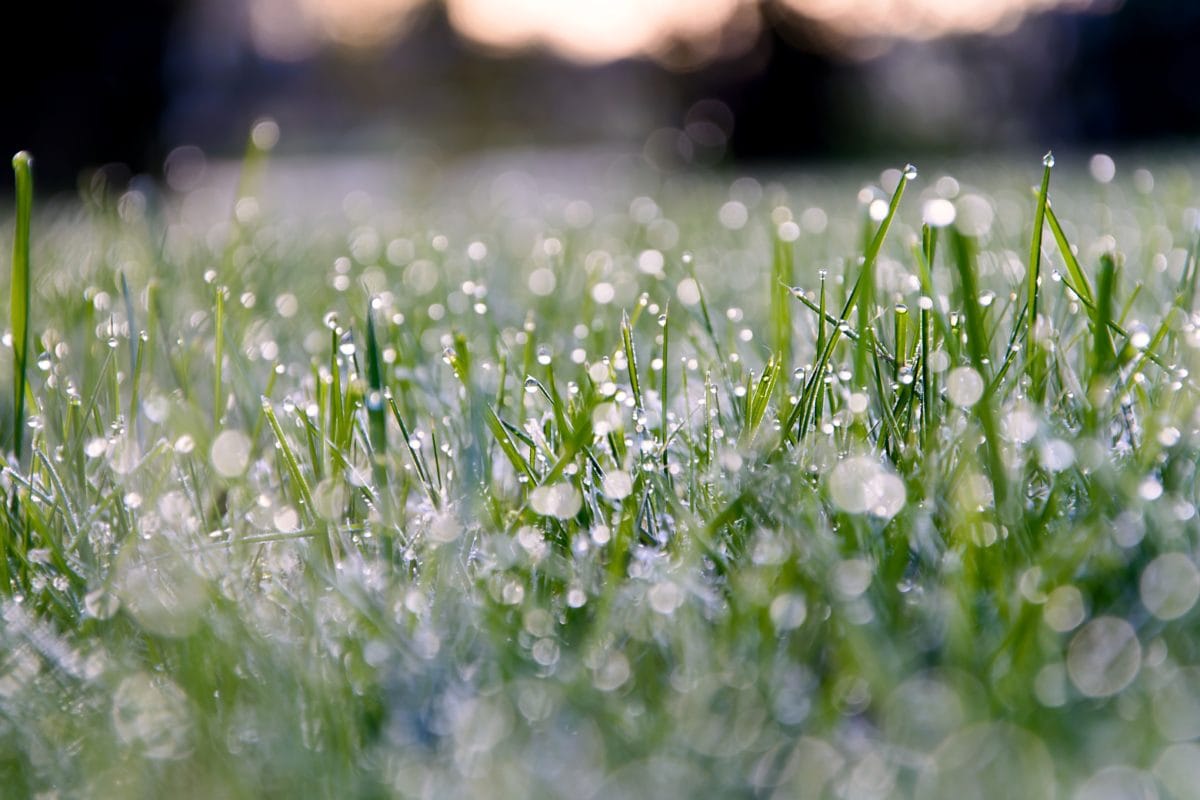
Free picture rain, moisture, summer, dawn, dew, lawn, field, green
Too much rain can be good or bad for your lawn care routine. Rainfall is good for grass because it gives them moisture and nutrients. Your lawn can look so green that your neighbors will be jealous. But if it rains a lot, there might be too much water, and it can make puddles and soak the ground. It's not good for grass; it's good for weeds and.
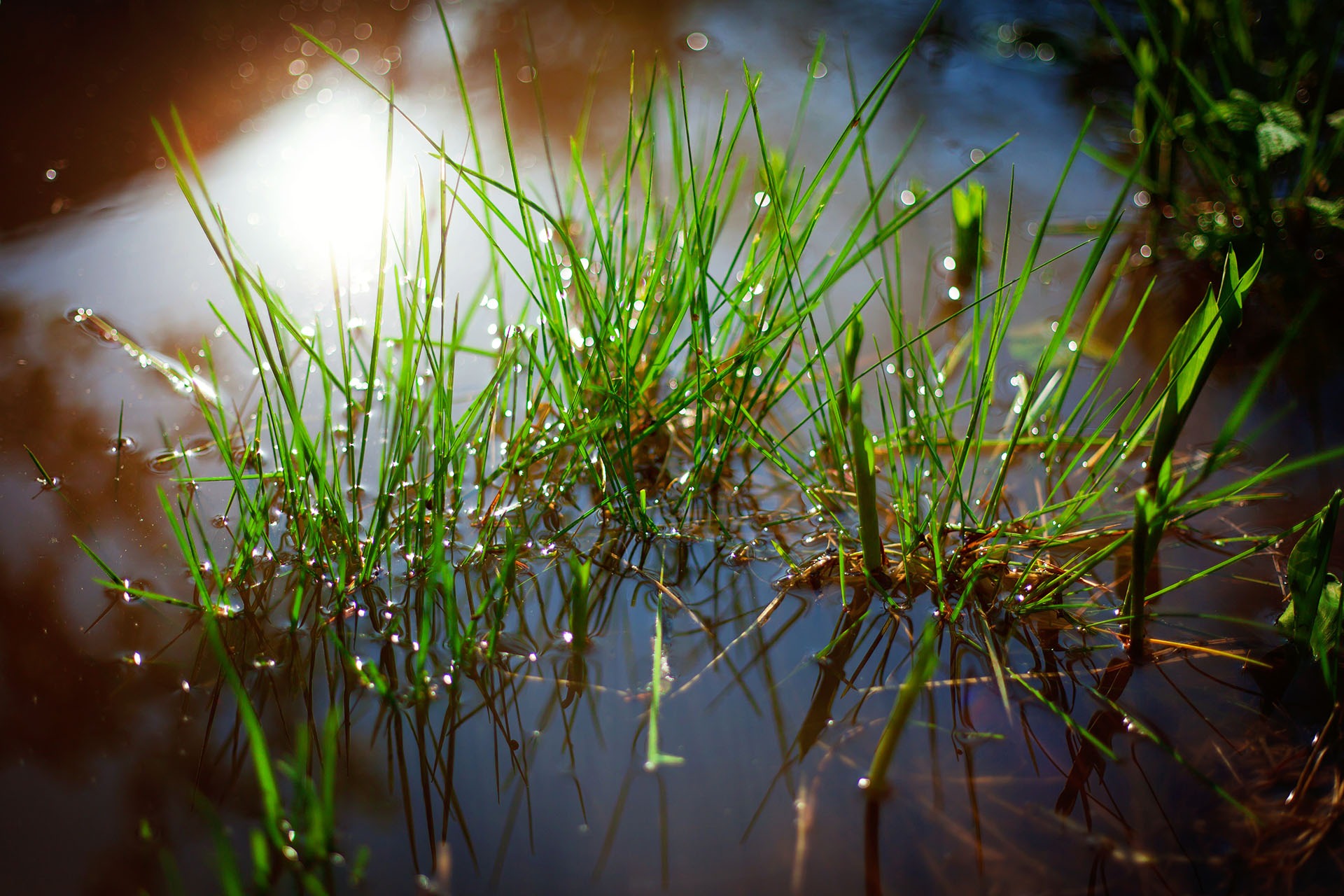
Treating Your Lawn After Rain Damage The Turfgrass Group Inc
Rain rejuvenates grass. It fosters growth, strengthens roots, hydrates foliage, and flushes away pollutants. For a robust green hue and lasting longevity, nothing compares to the benefits of rain. It nourishes grass with essential nutrients. Rainwater contains nitrogen, phosphorous, and potassium that stimulate even growth throughout blades and.
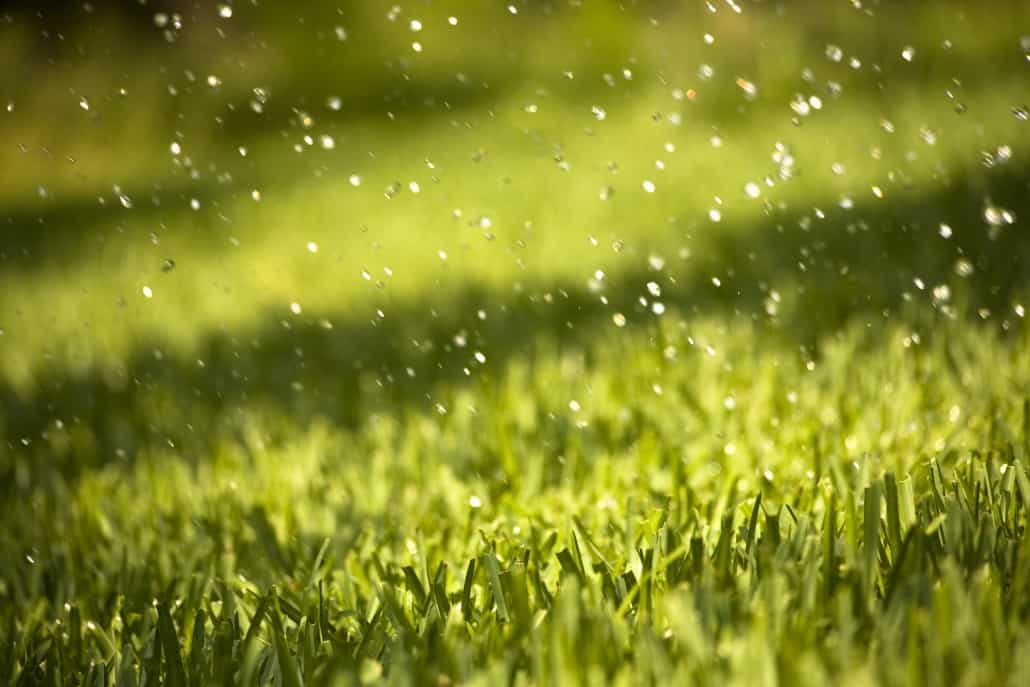
Why Synthetic Grass is Perfect for the Rainy Season OC Turf & Putting
Grasses grow faster after rainfall. From research, grass can grow between 3 to 6 inches in a week with adequate rain. Since it's the most natural way to water the lawn, it carries many benefits for the grass, soil, and organisms contributing to grass health. When it rains, nitrogen from the atmosphere enters the soil, and in the rainy seasons.
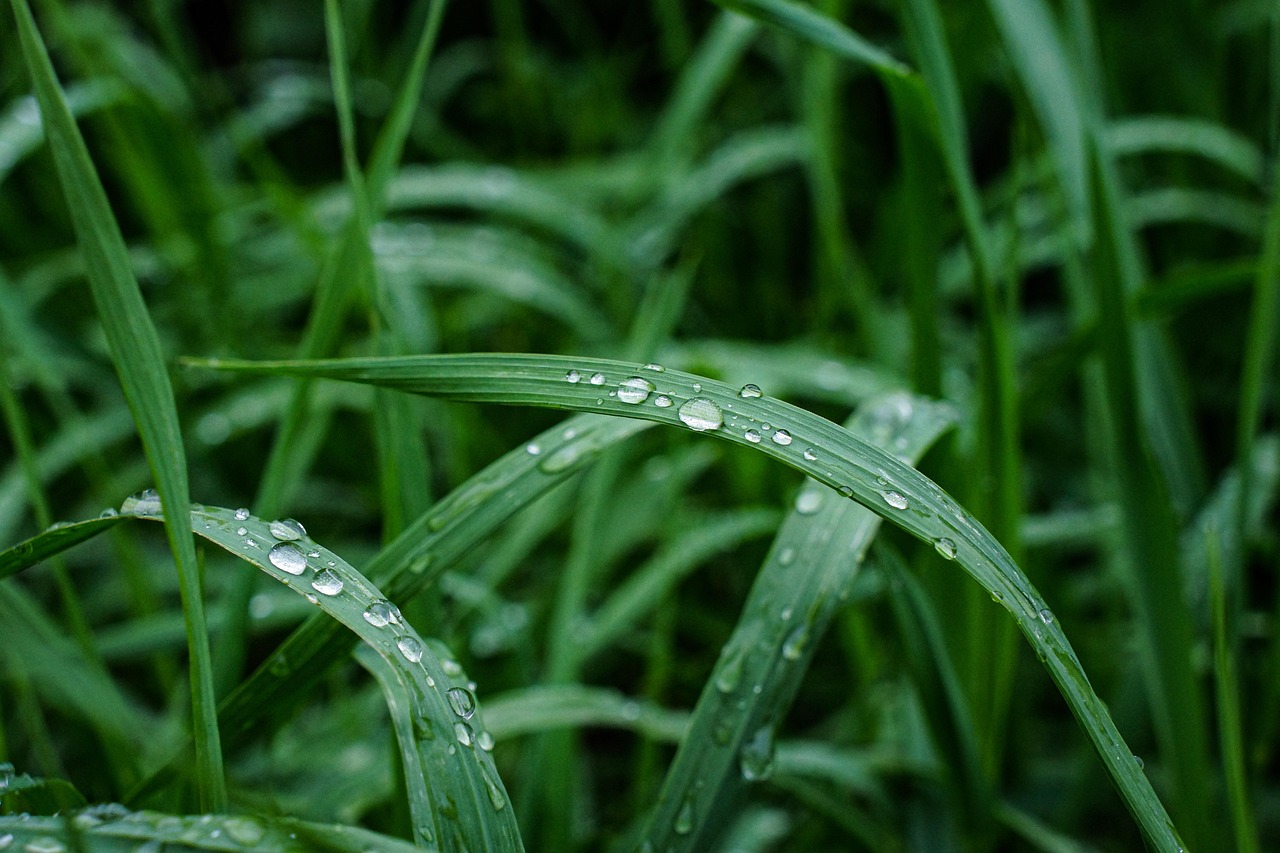
Grass Rain Drops Free photo on Pixabay Pixabay
You can water wet grass if there was a light amount of rain, but watering drenched grass will prevent the soil from getting enough oxygen and nutrients. Excessive amounts of water from the rain, sprinklers, or garden hose can displace the roots and ruin the lawn. Too much water after a drought can cause holes in your lawn.

Watering Grass for Optimal Growth Hansen Lawn & Garden
However, they don't enjoy summer heat and often turn brown without plenty of supplemental water. 1. Kentucky Bluegrass. Kentucky bluegrass is the most common type of grass for northern lawns; it's also planted in the Transition Zone and on the West Coast (where the ocean's influence moderates summer heat).
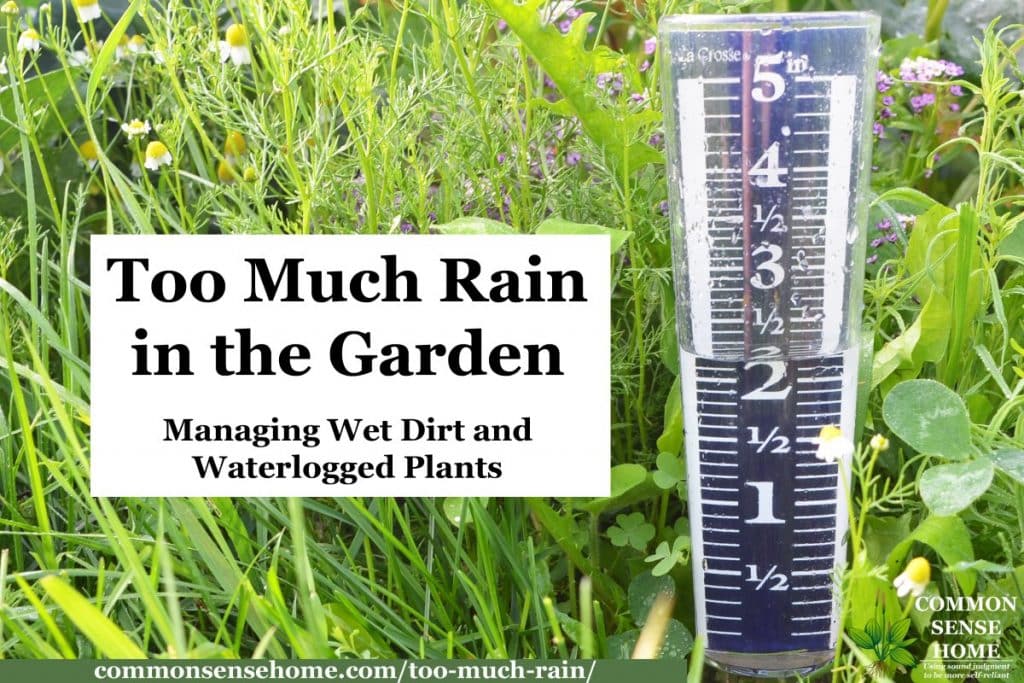
Too Much Rain in the Garden What to Do
Rain is better for grass than watering because the rain doesn't contain chlorine, fluoride, and other chemicals. The rain also typically has a better pH for the lawn, helping it grow quickly. Rain evenly coats the lawn, providing near-perfect hydration to the soil. In this article, we'll break down why the rain is better than water for the.

When It Rains, It Pours! How To Cope With Too Much Moisture In The
The best time to water your lawn is before 10 a.m., preferably between 4 a.m. and 6 a.m. At this cool time of day, it's less likely the moisture will evaporate before your grassroots can absorb it from the soil. If you can't water before 10 a.m., don't make the mistake of watering late at night.
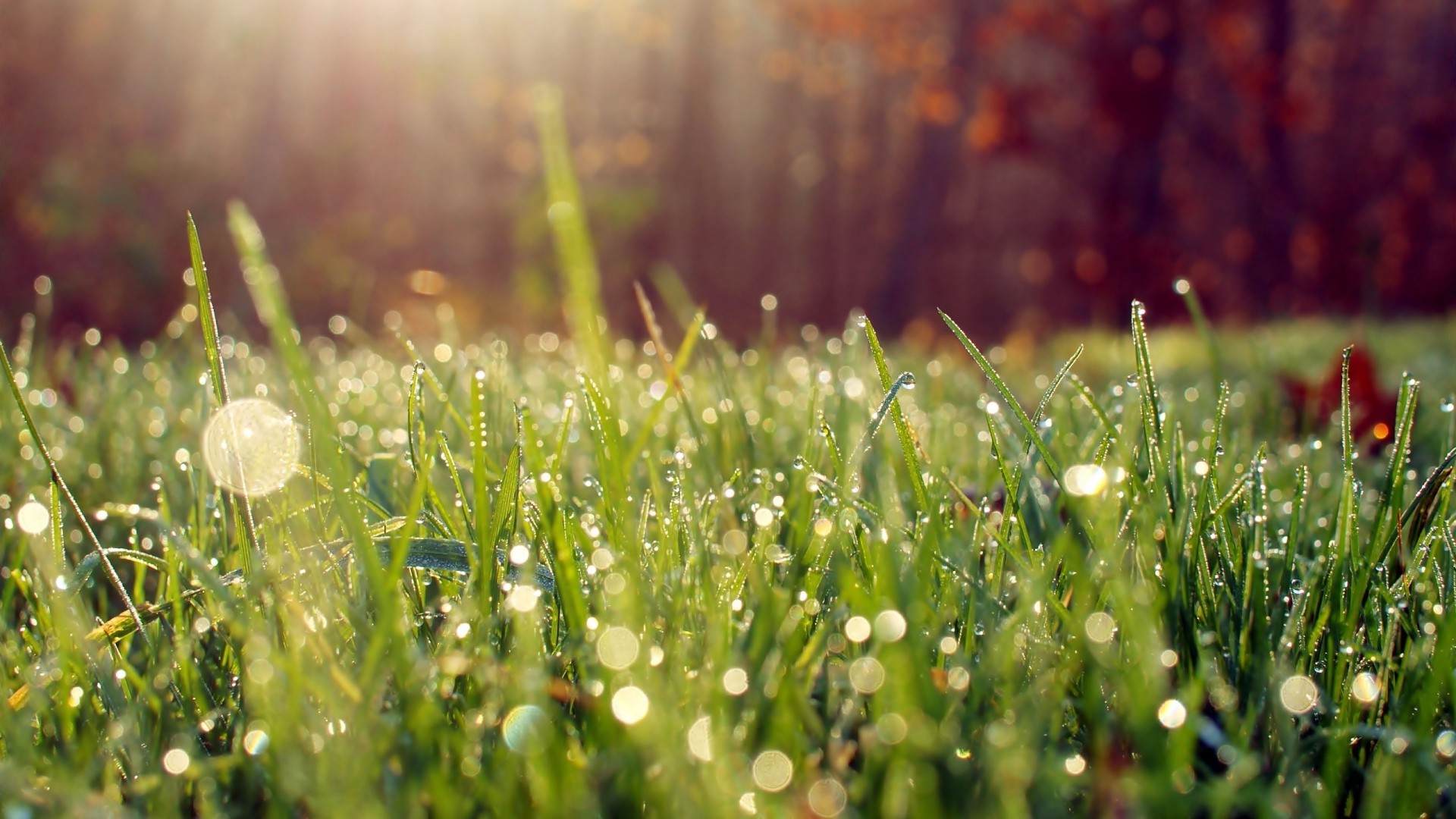
nature, Rain, Grass Wallpapers HD / Desktop and Mobile Backgrounds
Late Spring - In May or June, apply Veri-Green Weed & Feed Lawn Fertilizer. It provides your lawn with everything it needs to grow green and strong, and controls dandelion, clover, chick weed and over 250 other kinds of broadleaf weeds. Summer - In July or August, loosen up hard soil and balance the pH level to make it optimal for grass growth.

Rainy season and lawn maintenance Literally watching the grass grow
Yellowing grass blades, flooded spots and brown patches—all of these describe how too much rain affects your lawn. Lawns need about one inch of water per week. The tricky thing is, that includes water you give your lawn and rainwater. Even if you haven't run the sprinkler in a while, a week or two of heavy rain could give your lawn way more.

Five tips to keep your farm safe during the rainy season Agriculture
Depending on the climate that you live in, there is a chance that a lot of rain could come your way. While a little bit of rain is always good for keeping the grass properly hydrated, there is also the chance that too much of it could wind up turning your grass brown. We all want to have a beautiful, lush lawn that is that vibrant color of green.
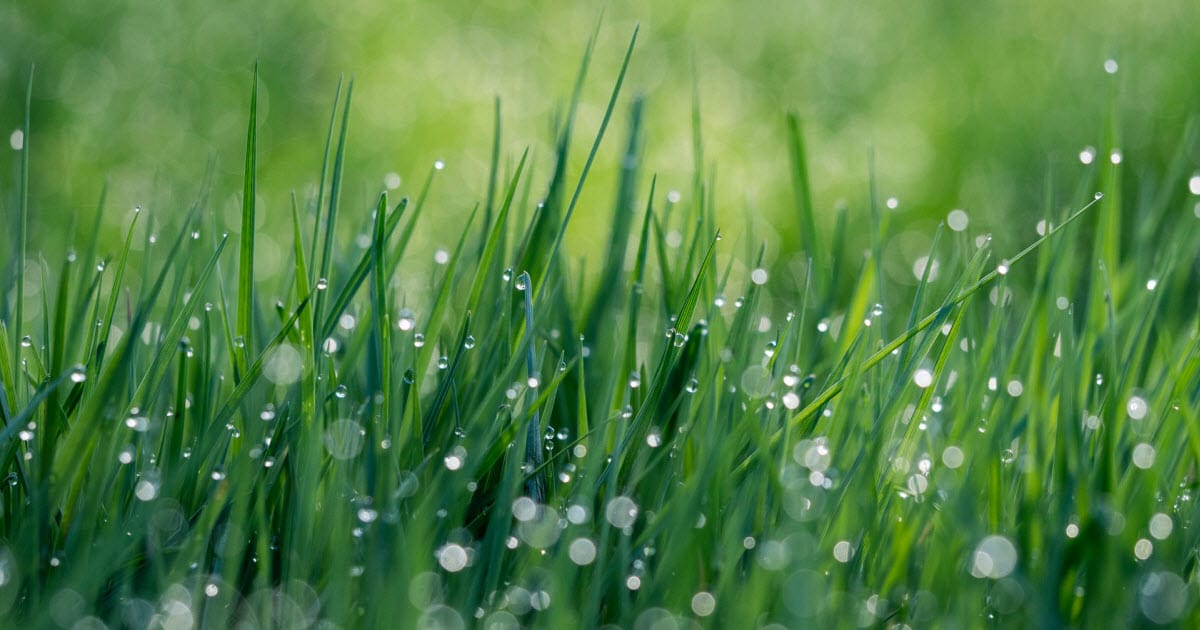
Best Time to Fertilize Lawn before Or After Rain OutdoorReviewer
First, learn how much water, in inches, your lawn needs a week. Most require an average of 1 to 1½ inches weekly, but specific watering needs vary by turfgrass type (cool season versus warm.